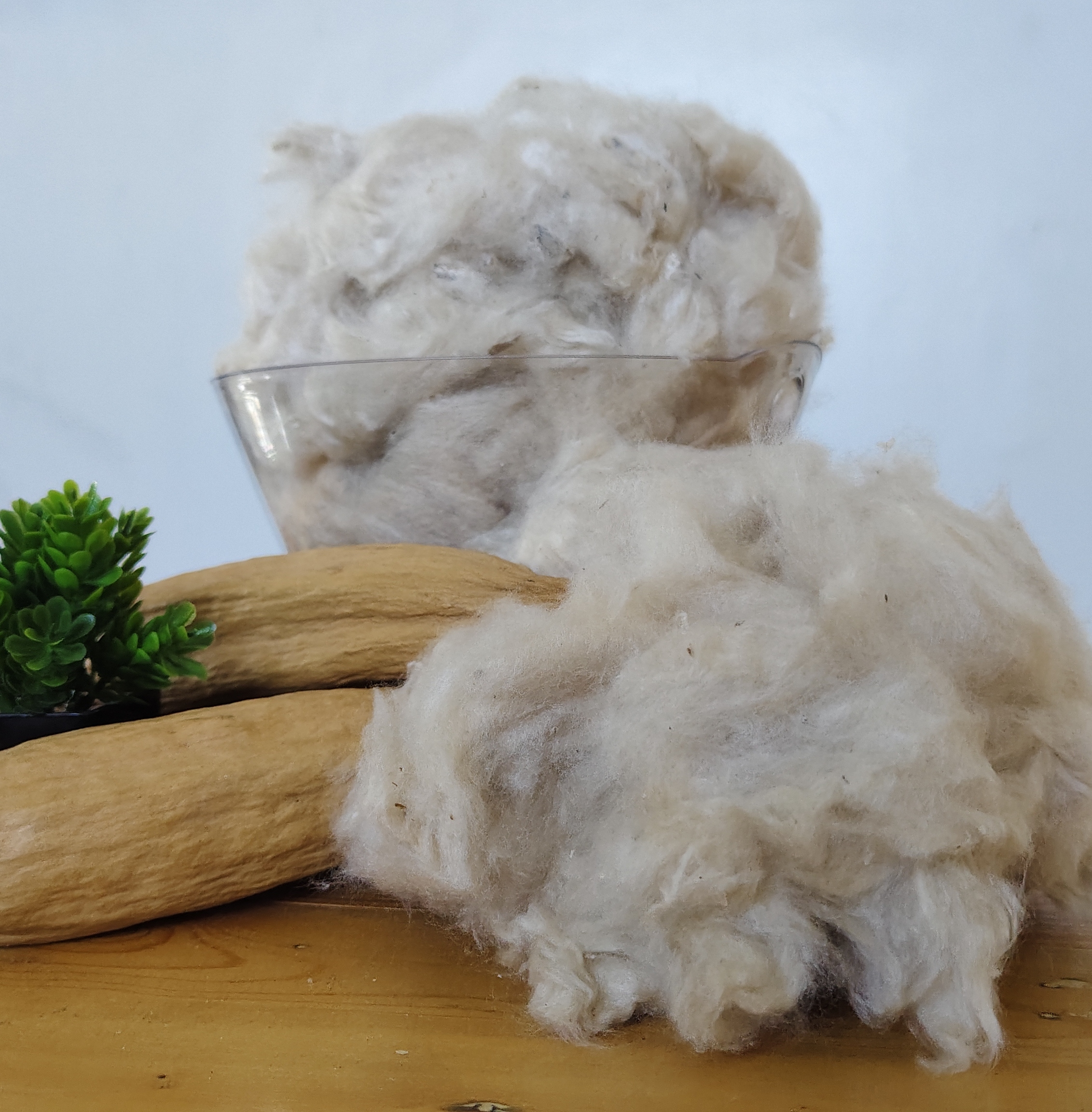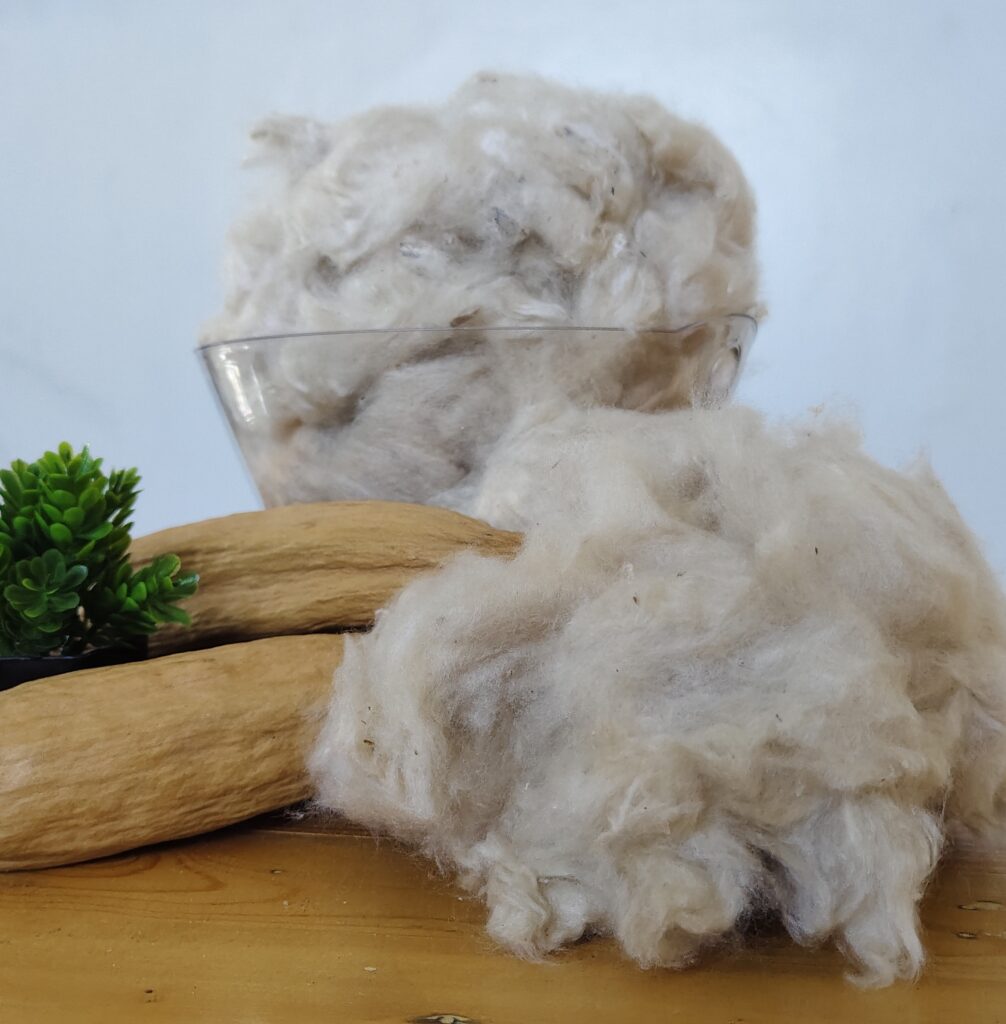The Fascinating World of Kapok: Nature’s Wonder Fiber
Kapok, derived from the fluffy fibers of the kapok tree (Ceiba pentandra), is a natural marvel that has been used for centuries across various cultures. While many may associate kapok with filling for pillows and mattresses, its unique properties and potential applications extend far beyond that. Let’s dive into the enchanting world of kapok and explore its environmental benefits, uses, and future potential.
A Brief Overview of Kapok
Kapok trees are towering giants found primarily in tropical rainforests, especially in regions like Southeast Asia and West Africa. The tree can reach heights of up to 70 meters and boasts a wide canopy, making it a vital component of its ecosystem. The fibers harvested from the seed pods are lightweight, buoyant, and water-resistant, making them particularly intriguing.
The Environmental Benefits
One of the most compelling reasons to consider kapok is its sustainability. Kapok trees thrive in tropical environments, contributing to biodiversity and carbon sequestration. Unlike synthetic fibers, which often rely on petrochemicals, kapok is entirely biodegradable. This means that products made from kapok can decompose naturally, reducing landfill waste and pollution.
Additionally, kapok farming promotes agroforestry practices, helping to maintain soil health and prevent deforestation. The trees provide shade for understory crops, fostering a diverse agricultural ecosystem that can enhance food security for local communities.
Diverse Applications of Kapok
- Eco-Friendly Insulation: Kapok’s natural properties make it an excellent insulator. It has been used in eco-friendly building materials, offering a sustainable alternative to synthetic insulation options.
- Buoyancy Aid: The buoyancy of kapok fibers makes them ideal for life jackets and flotation devices. Many eco-conscious manufacturers are turning to kapok for safer, biodegradable options in water sports.
- Textiles and Fashion: As the fashion industry shifts towards sustainability, kapok is emerging as a natural alternative to conventional fabrics. Designers are experimenting with kapok blends for clothing and accessories, showcasing its versatility.
- Organic Gardening: Kapok fibers can be utilized as mulch in organic gardening. Their natural properties help retain moisture in the soil while suppressing weeds, making them a gardener’s ally.
- Traditional Uses: Many indigenous communities have long utilized kapok for various purposes, from traditional medicines to ceremonial uses. Its cultural significance adds another layer of richness to this remarkable fiber.
The Future of Kapok
As the global demand for sustainable products rises, kapok is poised for a resurgence. With increased awareness of the environmental impact of synthetic materials, consumers are seeking alternatives that are both eco-friendly and effective. The challenge lies in scaling production and ensuring that harvesting practices remain sustainable and ethical.
Innovative startups and researchers are exploring new applications for kapok, from biodegradable packaging to composite materials in automotive and aerospace industries. By investing in research and development, the potential of kapok could be fully realized, positioning it as a key player in the fight against climate change.
Conclusion
Kapok is more than just a fiber; it’s a symbol of sustainability and innovation. As we navigate an increasingly environmentally conscious world, embracing natural materials like kapok can lead us toward a greener future. By understanding and promoting the diverse uses and benefits of kapok, we can appreciate this extraordinary gift from nature and advocate for its role in creating a more sustainable planet.


